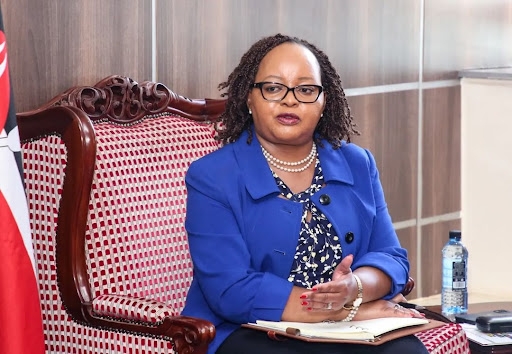Shock, rejection and loud complaints have greeted the 2019 census results. Such reactions are expected, considering the vested political interests and the power in numbers. Numbers determine sharing of revenue and re-distribution of the ‘national cake’.
A number of leaders have openly disputed the census report and termed the data flawed. There could be hundreds others silently unhappy as well.
The leaders have cited growth in the number of births registered in their regions between 2009 and 2019. This, to them, is evidence that figures released do not reflect the correct population size in their territories. Whereas their claims may hold some water, in my view, they are ridiculous to say the least.
First, census figures are not just about voters’ numbers, but the hard questions about viability of some counties, constituencies and wards. Article 89 of the Constitution mandates the Independent Electoral and Boundaries Commission to review names and boundaries of Constituencies and wards, taking into account community of interest, historical and cultural ties among other requirements.
The jittery over the Kenya National Bureau of Statistics’ 2019 census findings shows that the boundary delimitation will not be a walk in the park. Could be the leaders are preparing reasonable grounds for rejection of any attempt to merge their electoral units with others. The commission, which is not new to controversy, could be in for a real political duel.
Secondly, and most importantly, is the assumption that the populace is immobile. The arguments ignore the fact that the census also sought to document migration trends, persons on transit, individuals in hotels and lodges, as well as those in hospitals and prisons.
The International Organization for Migration’s 2015 country profile for Kenya summaries that rural-urban migration has been common since colonialism. That migrants are attracted to employment opportunities in the cities as well as access to other social services.
Kenya is now divided into 47 administrative units called counties following the coming into effect of the 2010 Constitution in 2013. Whereas these units have attracted more migrants, it is also possible that such migration exceeded emigration over the same period. This should then explain why it is probable that some areas like Tharaka Nithi, Elgeyo Marakwet or Vihiga could have recorded low population growth than anticipated.
Going by Nairobi’s population growth of 40 per cent, the highest, it is obvious that the city county receives the highest number of in-migrants. It cannot be that the migrants were people from outside Kenya. If anything, Kenyans move to the city for education, or to hustle.
Thus, it is important to take note that the movement of people in just one day is enough to alter numbers big time. Perhaps it would be prudent for KNBS to indicate how many Kenyans moved to settle in other areas over the 10-year period, or even just within the seven census days. This information is essential primarily in explaining the reasons for such movement if any.
But politicians need to be mindful of their utterances lest they plunge the country into chaos ahead of the 2022 general election. They should silently visit the KNBS offices and seek clarifications on the inconsistencies they think should be explained or addressed.











